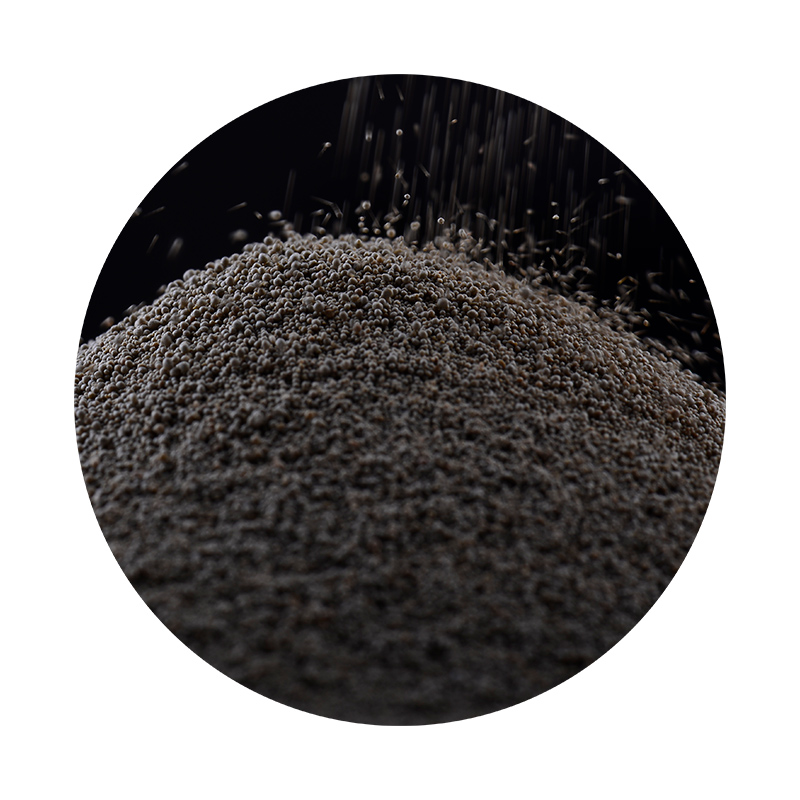The Sand Casting Process An Overview
Sand casting is one of the oldest and simplest methods of metal casting, widely used in industries for producing metal parts and components. This process involves creating a mold from a mixture of sand and a bonding agent, which is then used to shape molten metal into the desired form. Despite advancements in casting technologies, sand casting remains prevalent due to its versatility, cost-effectiveness, and ability to produce complex shapes.
The sand casting process begins with the creation of a mold. This mold consists of two halves the cope (the upper part) and the drag (the lower part). The first step involves packing sand into a mold frame around a pattern, which is a replica of the final product. Patterns can be made from various materials such as wood, metal, or plastic and are designed to account for the metal's shrinkage during cooling. The sand used is typically a mixture of fine sand, clay, and water, which provides sufficient strength and permeability.
The Sand Casting Process An Overview
When the mold is ready, it is time to pour molten metal into the cavity. The metal is usually heated in a furnace until it reaches a liquid state, and then it is carefully poured into the mold through the pouring basin, allowing gravity to help fill the cavity. The pouring process must be done quickly and precisely to avoid defects in the final product, such as cold shuts or misruns.
describe sand casting process

After the molten metal has been poured, the mold is left to cool and solidify. The cooling rate varies depending on the type of metal used and the design of the casting. Once the metal has cooled sufficiently, the mold is broken apart, and the casting is removed. The sand can often be reused, making the process environmentally friendly and economical.
Post-casting operations are often necessary to achieve the desired surface finish and dimension accuracy. This may include trimming off excess material, grinding, and machining to refine the final product. Heat treatment may also be applied to enhance the mechanical properties of the casting, ensuring it meets the required performance standards for its intended application.
Sand casting finds applications across various industries, including automotive, aerospace, and heavy machinery. Its ability to produce large and complex parts makes it an ideal choice for manufacturing components such as engine blocks, transmission housings, and valve bodies.
In conclusion, the sand casting process is a time-tested method for producing metal components with a wide range of applications. Its cost-effectiveness, ability to create complex geometries, and adaptability to different materials make it a valuable technique in modern manufacturing. As technology continues to evolve, sand casting remains a critical process that balances traditional craftsmanship with innovative practices, ensuring its relevance in today’s advanced industrial landscape.
Post time:دسامبر . 13, 2024 07:13
Next:sintering sand
